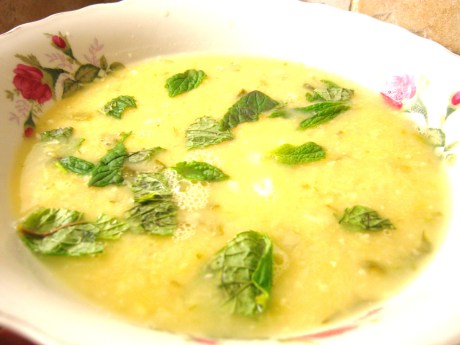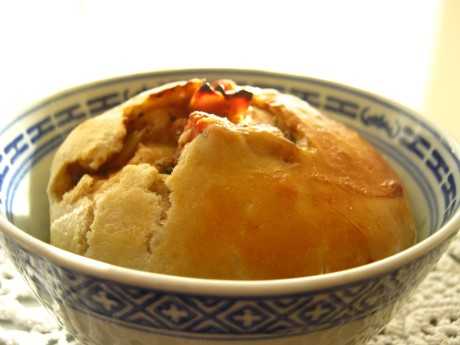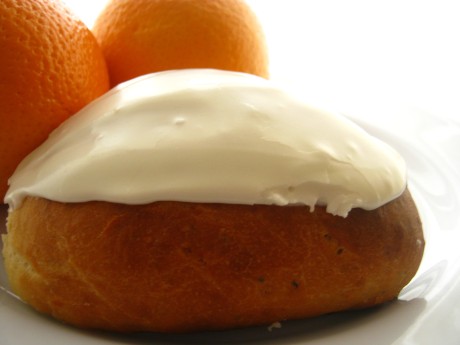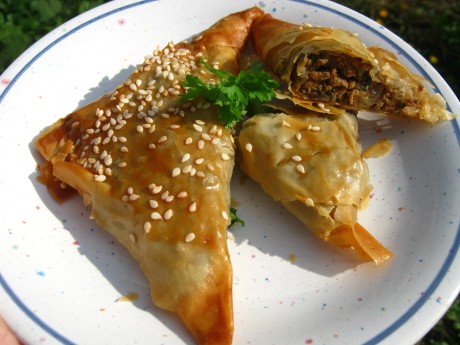
Happy Halloween Everyone!!! Above is a picture of my beautiful God Sister modelling her outfit for our first annual “Vintage, Leopard, Pumpkin Pie Party” which started off as us just wanting an excuse to dress up for Halloween but soon escalated into much more than that entirely. In the end we decided to get well into the spirit of things by purchasing a giant pumpkin and celebrating all the wonderful things it had to offer. Considering I bought my pumpkin for just £1, boy did I get my money’s worth. In fact I think I have fallen in love with the sheer value for money Pumpkins have to offer and also the range of things you can make with just one of these mammoth creatures. So here is my tribute to my new orange friend ( I would recommended dividing the pumpkin in about 3 equal portions and removing the skin and seeds first):
1. Pumpkin Pie

For the Pastry:
You will need:
225g plain flour
110g butter
80g golden, unrefined caster sugar
1 large egg
1 tbsp water
For the Pie Filling:
You will need:
450g pumpkin flesh
1tsp nutmeg
1 1/2 tsp cinnamon
1 1/2 tsp all spice
1 tsp ground ginger
275ml double cream
3 eggs
75g soft, dark brown sugar
For Decoration:
cherries
whipped cream (the squirty kind) I used the reduced fat version from Asda which was pretty great actually.
To make the pastry crumble the butter and flour together making sure your hands and the ingredients are cold. When the mixture resembles bread crumbs, stir in the sugar and add the egg and water until you get a dough which is still quite dry and not sticky. Next cover the pastry in cling film and pop in the freezer for about 15-20 mins.
Meanwhile make the filling, steam the pumpkin flesh in a large colander above some boiling water in a sauce pan until soft and tender. Pour the flesh threw a sieve to get out some of the excess water and you should be left with a soft pulp. Add the cream, spices and sugar to a pan on a low heat and stir till you get a smooth sauce. Take the pan off the heat then leave to cool for 2 mins then whisk in the eggs one by one into the cream mixture. Finally add in the pumpkin flesh.
Next roll out the pastry on a floured surface into a circle that is approx 5-10 cm wider than your pie dish. Gently lift the pastry onto the pie dish then press down into the sides of the dish. Make sure that there is at least 5cm of excess pastry over the rim of your dish. Prick the base of the pastry all over with a fork then brush all over with a beaten egg/milk. Blind bake in the oven at 200 degrees for around 15- 20 mins or until golden brown. When the pastry is cooked, pour in the filling and cook at 180 degrees for 35-40 mins when the pie should be wobbly in the middle. Trim off the excess pastry on the top and serve with cream and a cherry on top for that vintage feel. This serves 10.
Nutritional Information:
Calories: 331 kcal
Fat: 17.1g
Protein: 5.7g
Carbohydrates: 36.8g
2. Thai inspired Pumpkin Soup

For the Soup
you will need:
1/3 pumpkin flesh cut into chunks
1 glass of milk
2 tsp Thai green curry paste
1 onion (diced)
1 tbsp oil
2 tsp brown sugar
Fry the onions in the oil until soft then add the green curry paste. Fry for about 1-2 mins then add the pumpkin, milk and sugar. Bring to the boil then leave to simmer with the lid on for about 15-20 mins or until the pumpkin is quite soft. Leave to cool a little then blitz with a hand blender or smoothie maker. Serve with a swirl of double cream. This serve 4.
Nutritional Information:
Calories: 110 kcal
Fat: 4.6g
Protein: 3.7g
Carbohydrates: 15.1g
3. Roasted Pumpkin with Cinnamon Sugar
You will need:
1/3 Pumpkin Flesh cut into chip shapes
2 tsp cinammon
2tsp caster sugar
1 tbsp olive oil
Coat the pumpkin in the oil and cinnamon. Roast in the oven for around 30 mins at 180 degrees. Once out of the oven sprinkle with sugar and serve with cream for a quick health dessert or you can use salt instead for a savoury version. This serve 2.
Nutritional Information:
Calories: 138 kcal
Fat: 7.9 g
Protein: 2.3g
Carbohydrates: 19.5g
















